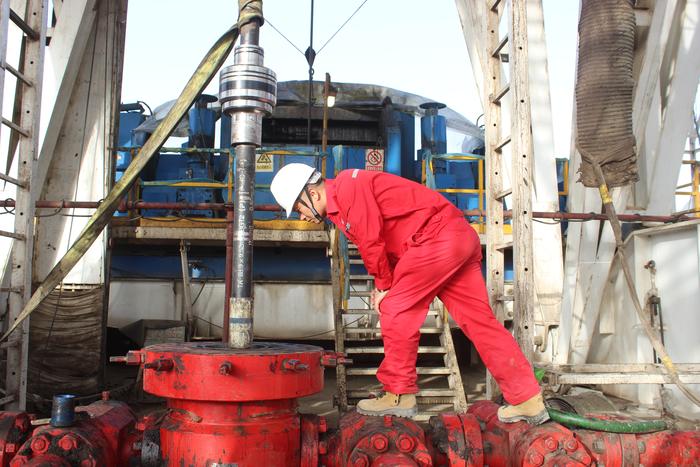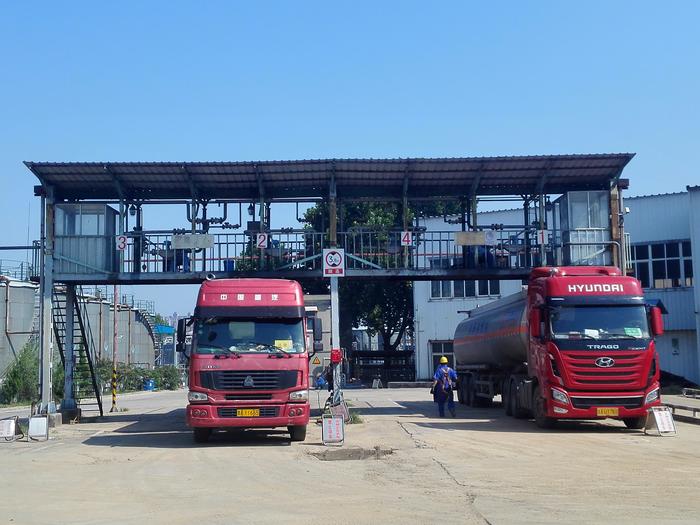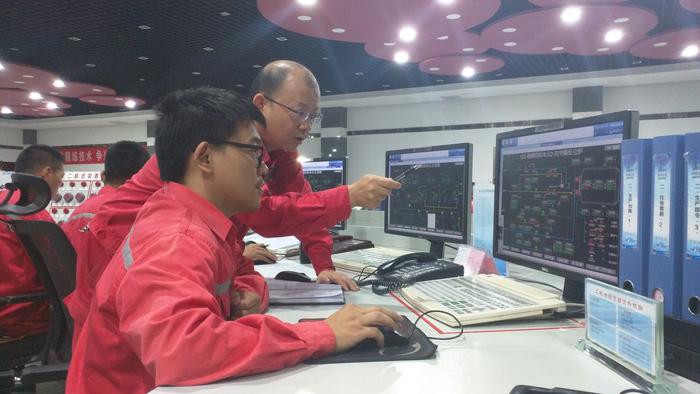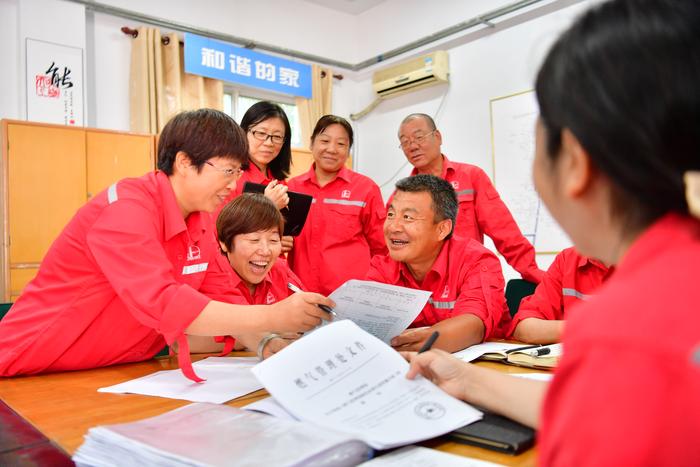|
| 2018-08-29 来源: 中国石化新闻网 |
| 石化新闻 |
|
中国石化新闻网讯 据彭博社8月28日伦敦报道,全球石油市场已经不再是操纵欧洲天然气价格傀儡的主人。 天然气不再是一种本地化的大宗商品,只在相对短的距离内通过管道运输,而且在欧洲的供应合同中与石油挂钩,因为燃料在发电中相互竞争。 天然气有其独特的驱动因素,包括碳排放的增加,对储存地点的增设和发电需求。 埃森哲战略能源部门董事总经理兼全球主管Muqsit Ashraf表示:“天然气已成为自己的市场,其驱动力与石油截然不同。”“天然气世界正在朝着更加全球化的方向发展,在那里天然气可以更容易地运输,但与石油的替代联系已经切断,因此石油和天然气不会相互竞争。” 20多年前,随着20世纪80年代英国天然气的私有化,从液化天然气接收站到连接器等基础设施建设的蓬勃发展,以及旨在创建和促进更加透明和流动性更强的市场的监管努力,欧洲天然气市场开始转型。 这与过去的本地化市场形成了鲜明对比。过去,天然气和石油不仅在发电领域相互竞争,而且在石化行业等其它领域也存在竞争。 由于天然气供应商需要投资修建更长的管道和液化天然气进口终端,它们需要保证资金将得到覆盖。这就是石油如何嵌入到天然气供应合同中,这成为了天然气行业的规范。 Ashraf说,随着天然气枢纽的发展和液化天然气的增长,与石油相关的天然气供应在欧洲的份额从2005年的80%下降到不足30%。这一比例将继续缩小至某些买家为了保障供应而要求的最低限度,同时天然气对天然气的竞争份额将扩大。 天然气正在与天然气竞争:来自俄罗斯的管道天然气正在与来自北非的管道天然气竞争,与来自卡塔尔的LNG、来自尼日利亚的LNG、以及不久之后来自美国的LNG竞争,”他说。“随着交易量和流动性的增加,企业积极交易和推动天然气对天然气竞争的能力也在增强。” 蔡小全 编译自 彭博社 原文如下: Oil has stopped dictating which direction European gas will go Global oil markets have stopped being the puppet masters driving European natural gas prices. Gas is no longer as localized a commodity, only moved relatively short distances through pipelines, and tied to oil in European supply contracts because the fuels competed in power generation. Gas has had its own very specific drivers, including gains in carbon, the need to refill storage sites and power generation demand. “Gas has become its own market, it is driven by forces which are very distinct from oil,” said Muqsit Ashraf, managing director and global lead for energy for Accenture Strategy. “There’s been a move toward a more globalized gas world, where gas could be moved around more readily, but the substitution link with oil has broken off, so oil and gas are not competing against each other.” European gas markets started their transformation more than two decades ago with the privatization of British Gas in the 1980s, a boom in infrastructure construction from liquefied natural gas receiving terminals to interconnectors and a regulatory drive to create and promote more transparent and liquid markets. That contrasts with the localized markets of the past, where gas and oil competed, not just in power generation but also other sectors such as the petrochemical industry. As gas suppliers needed investments to build longer pipelines and LNG import terminals, they required the assurance that the capital was going to be covered. That’s how oil embedded itself in gas supply contracts, which became a norm for the gas industry. As gas hubs developed and LNG gained momentum, the share of oil-linked gas supply in Europe fell to less than 30% from about 80% in 2005, Ashraf said. That proportion will continue to shrink to a minimum some buyers require for security of supply, while the share of gas-to-gas competition expands. “Gas is competing with gas: piped gas from Russia is competing against piped gas from North Africa, competing against LNG from Qatar, LNG from Nigeria, and soon LNG from the U.S.,” he said. “As volumes and liquidity increase and ability of companies to actively trade and drive the gas-on-gas competition also increases."
|








